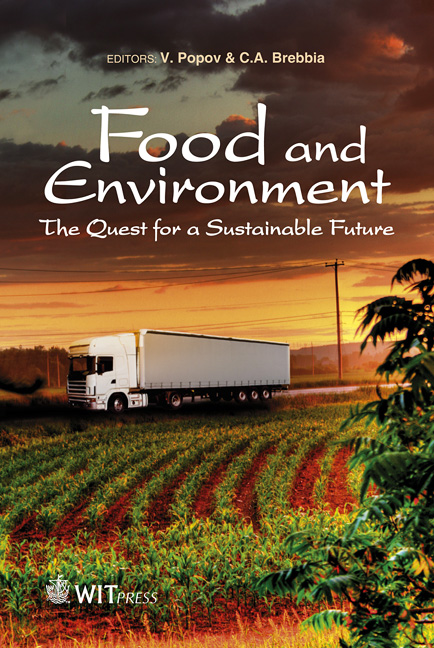Quality Losses In Deep-frozen Foodstuffs At Cyclically Modified Storage Temperatures
Price
Free (open access)
Transaction
Volume
152
Pages
11
Page Range
189 - 199
Published
2011
Size
436 kb
Paper DOI
10.2495/FENV110191
Copyright
WIT Press
Author(s)
M. Braun, R. Stamminger & G. Broil
Abstract
The project \“Smart Domestic Appliances in Sustainable Energy Systems (Smart- A)” aims at developing strategies showing how smart domestic appliances can contribute to load management in future energy systems. These systems will have to integrate larger shares of renewable energy, which are partly intermittent, and therefore will require a smarter management of generation and demand. As household refrigerators and freezers are using a considerable amount of electricity, they are also under investigation how much they can contribute to a smarter energy management. The main area of use in smart systems may be the possibility to store surplus or renewable energy in terms of cold, especially in freezers. Intermittent use would result in increased hysteresis of the temperature of stored food and possible food quality losses due to multiple cooling cycles. Quality losses in frozen foodstuffs depend not only on the average storage temperature but also on the amplitude of the fluctuations. Aim of this study is to quantify quality changes (weight, texture, sensorial quality and nutritional value) in foodstuff (peppers, bread and minced beef) stored for one year in freezers at different average temperatures and temperature amplitudes (-24°C with temperature amplitude 7.5 K and -19°C with temperature amplitude of 1.5 K). The results show no significant difference in quality changes between both storage conditions (statistical reliability 95%) with an exception of vitamin C. Consequently, the assumption can be made that the average storage temperature has a greater influence on the range of chemical-physical processes in foodstuffs during frozen storage than the amplitude of temperature fluctuations. Keywords: frozen storage, temperature fluctuation, moisture migration, texture, weight loss, vitamin C, peroxide value.
Keywords
frozen storage, temperature fluctuation, moisture migration, texture, weight loss, vitamin C, peroxide value





